
Features
New street photography exhibition shows Liverpool people and places from 1970s to now
11 months ago
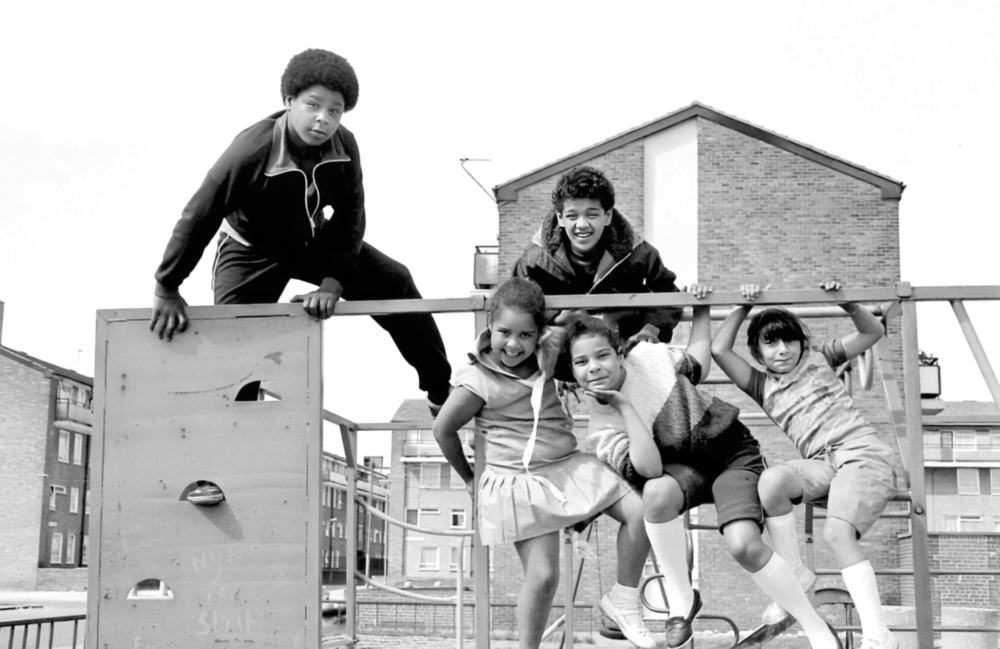
A new street photography exhibition captures honest unposed images of people and places in Liverpool, dating from the early 1970s to now.
The archive, which is free to view, belongs to photographer Phil Maxwell who documented life in the city when he first lived here as a student, and when he returned from 2015.
Phil and partner Hazuan Hashim have curated the Liverpool black and white photographs for display alongside a collection of mixed media work featuring subjects from all over the world.
He says most of the photos from the ‘70s were around Wavertree, Liverpool 8 and down to the Pier Head.
“I moved to Liverpool in 1972, went to what’s now Hope Uni and then taught for six years. I taught in a school that’s no longer there, off Mill Road, and I used to cycle mainly around Liverpool 8, with a quite a large SLR camera, and kids would stop me and ask me to take their picture.
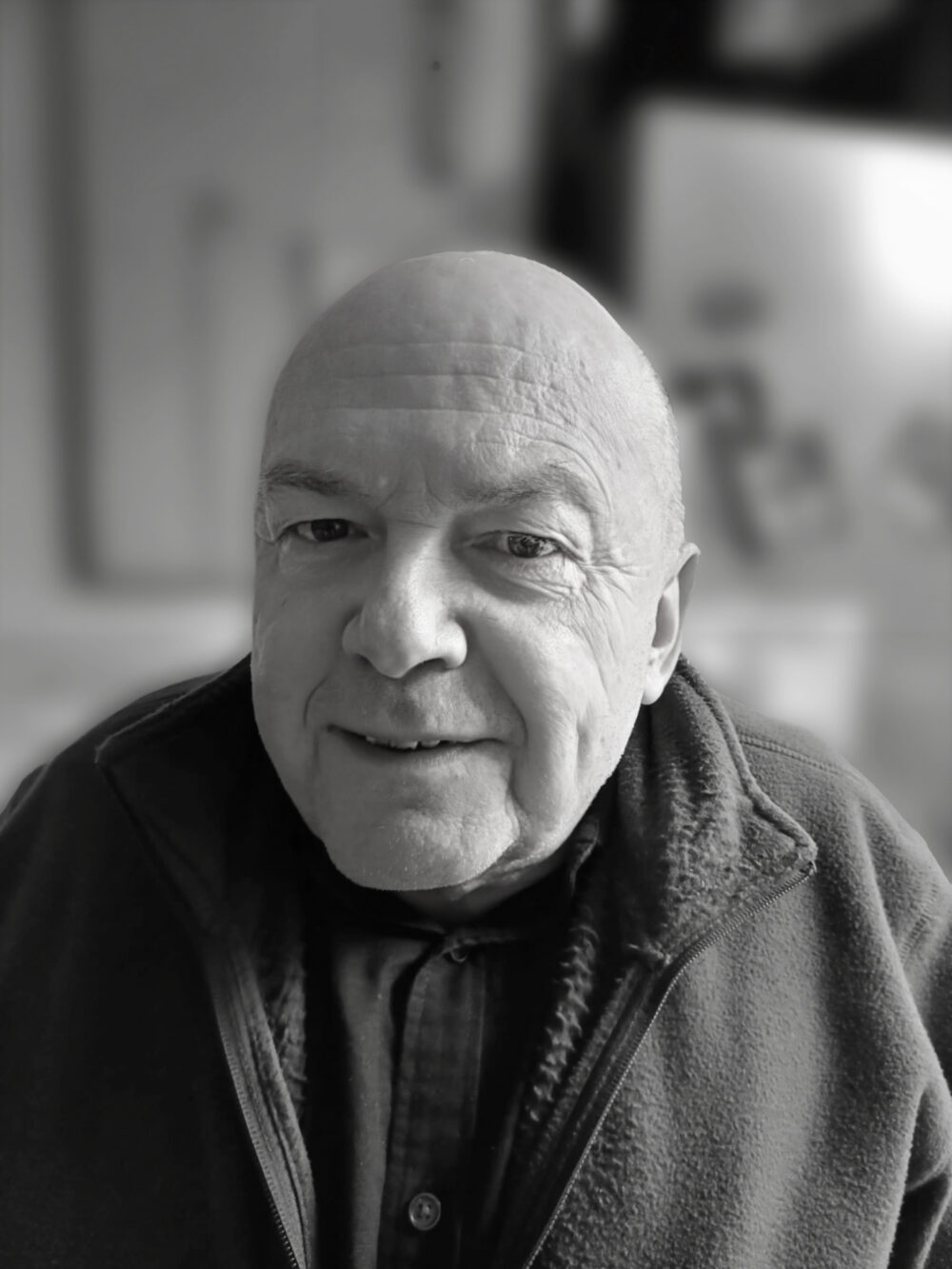
“At other times I would just be walking around taking photos and that’s how I learnt the art of street photography.
“I’ve been taking pictures all my life and my camera is my notebook; I always take a camera out with me because you never know what you’re going to come across.
“In most of my street photography people are basically unaware that I’m taking the photographs so there is an ethical dimension to all of this. I do edit the photographs and I try not to put out images that in any way demean people, because it’s really a celebration of ordinary people’s lives.”
Phil, who is now 70, taught film and video before becoming a professional photographer, working for various magazines, usually with a focus on social issues.
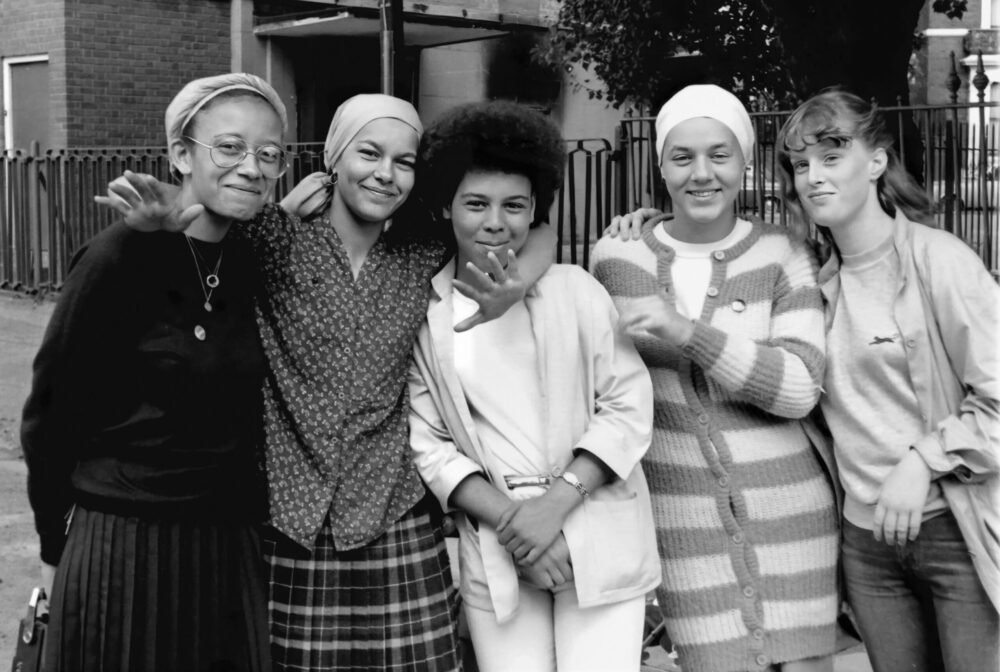
“I got paid for photographing politicians, and the income I got from that enabled me to do what I was really passionate about which was street photography,” he explains.
“One day I’d be photographing Tony Blair and then the next I’d be photographing people in the street. Although I’ve got lots of photographs of famous people going back to the ‘80s onwards, if my archive has any worth it’s around the ordinary people that I’ve photographed.
“I’m also a filmmaker with my partner, Haz, and those films are all about giving ordinary working-class people a voice. I’ve always found ordinary people far more sincere and articulate.”
Phil left Liverpool in 1982, moving to live in the East End of London, but returned nine years ago and says he’s never looked back.
“One of the reasons we moved back was the people were so warm and friendly compared to people in London where they seem so stressed out all the time,” he adds.
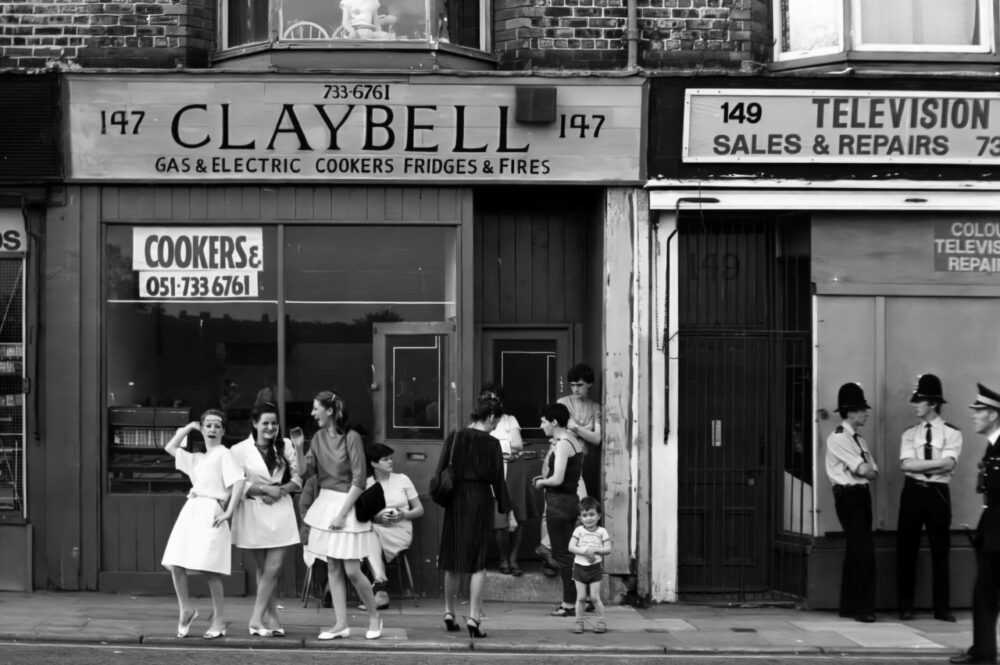
With the rise of social media between his first and current spells in the city, Phil says he wants his photographs to show a realism that can be missing in what’s shared online.
“We live in an era of celebrity culture and a lot of that has undermined people’s confidence in themselves and how they view themselves because they’re constantly faced with heavily photoshopped images that aren’t showing people as they really are.
“The photography you do see is also very youth-orientated and as a pensioner myself I’m keen to photograph older people and ordinary people doing ordinary jobs because I think we don’t see enough of those.”
Having shown his work in many different galleries over his career, Phil has chosen to hold this latest exhibition at a private address in south Liverpool. Anyone booking a free ticket online will be given the address.
It’s open most weekends until March 16 and features around 22 photographs plus mixed media work.
“Over the years I’ve developed a lot of my photographs into artwork so altogether there are about 65 pieces to see, and lots more images that have been accumulated over the years. They’re not all on the wall but people can still look at them.”
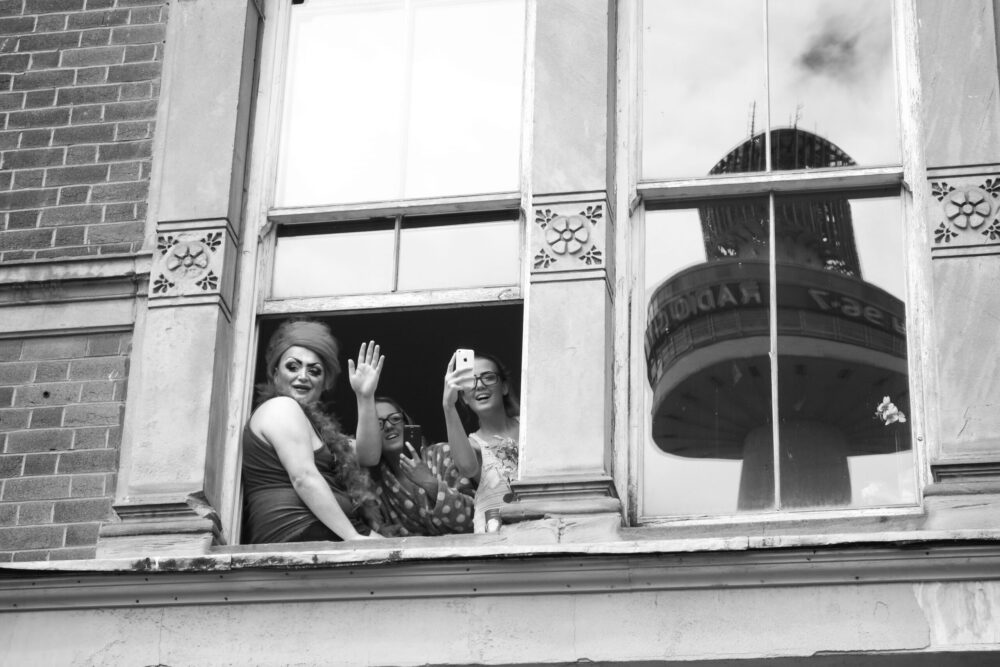
There’s an opportunity to buy prints, although no obligation, and Phil is aiming to produce a book of Liverpool photographs in the future.
The display documents two very different times in the city, but he sees similarities.
“I can quite easily compare some of the photographs I’ve taken recently in black and white with some I took 50 years ago.
“I photograph in black and white because it’s a great leveller; just because you see something in colour doesn’t mean it’s any more accurate.
“I was outside this gallery in Malaysia and I saw a sign that said, ‘if you photograph somebody in colour you’re photographing their clothes, if you photograph them in black and white you’re photographing their soul.’ I totally agree with that.”







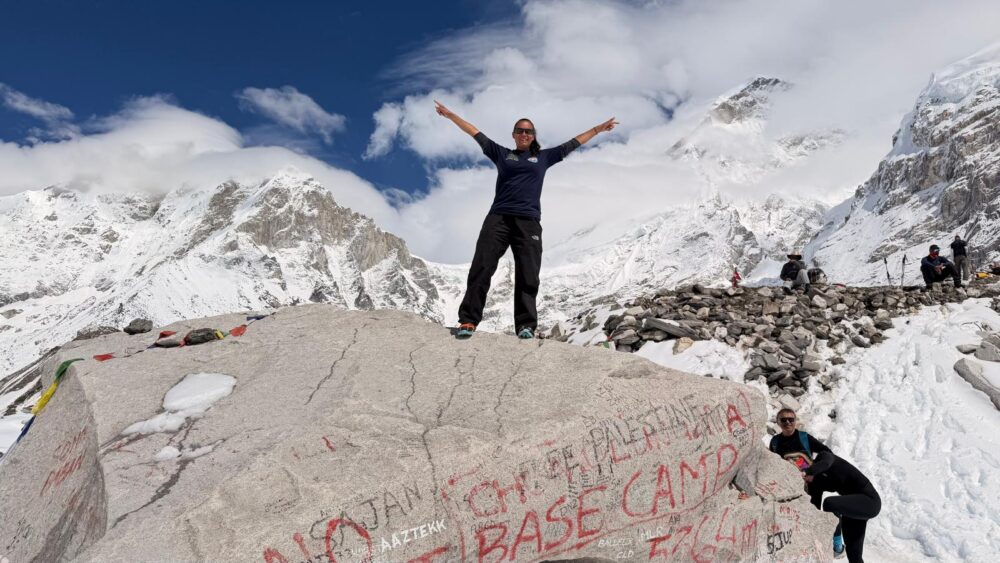
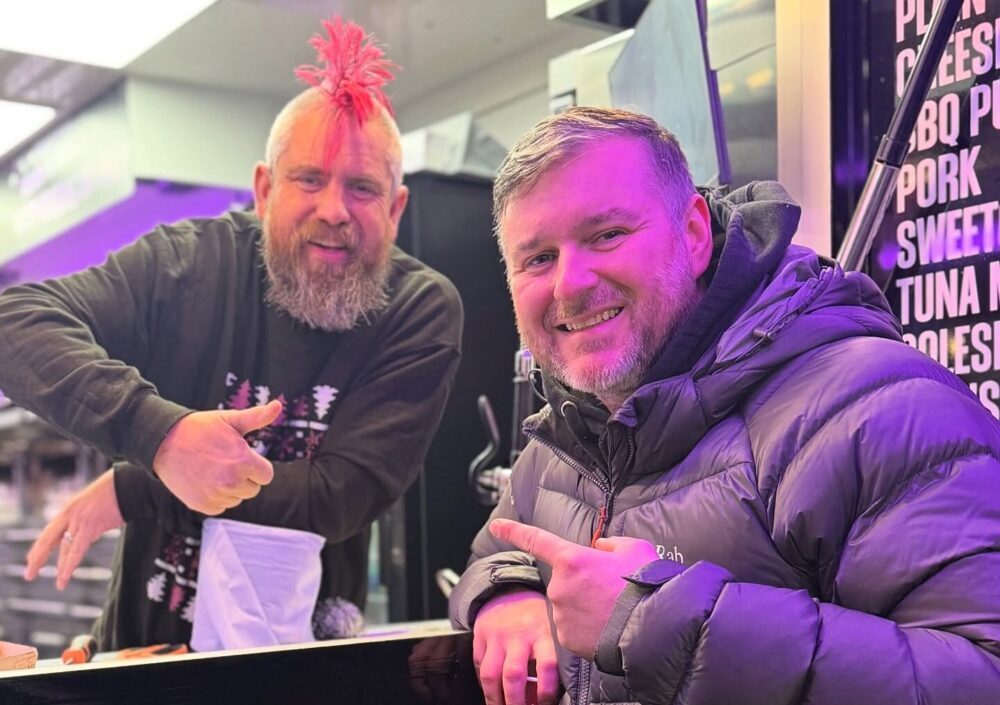
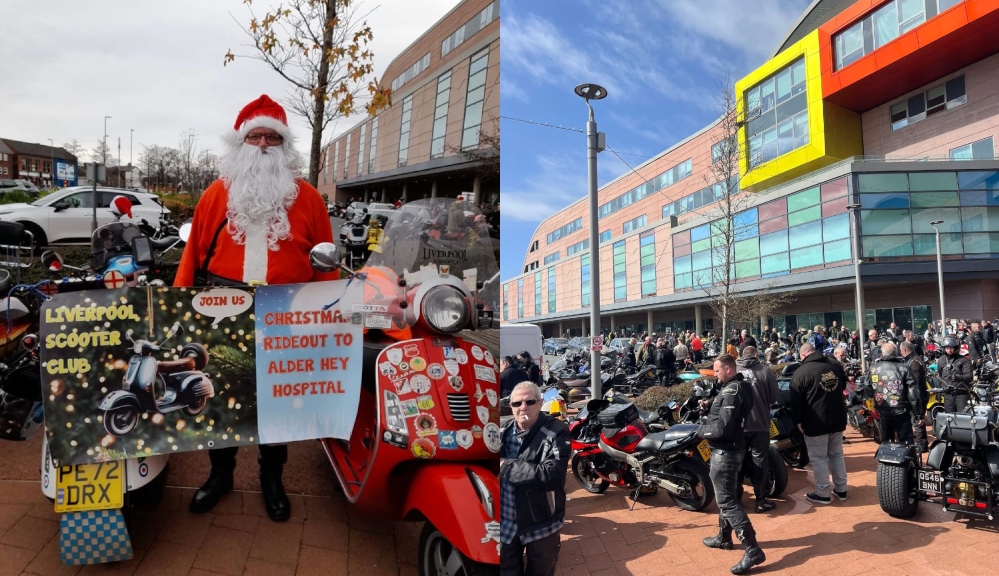

 Subscribe
Subscribe Follow Us
Follow Us Follow Us
Follow Us Follow Us
Follow Us Follow Us
Follow Us











